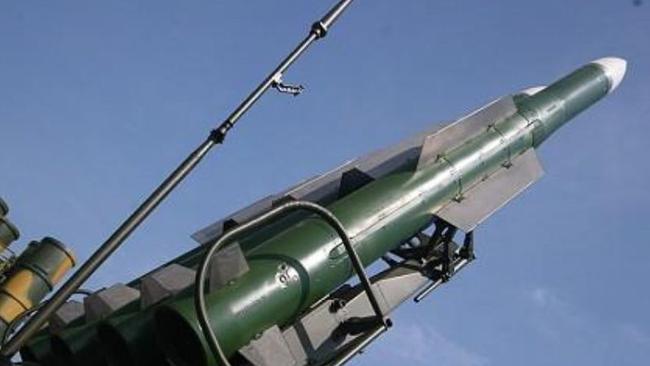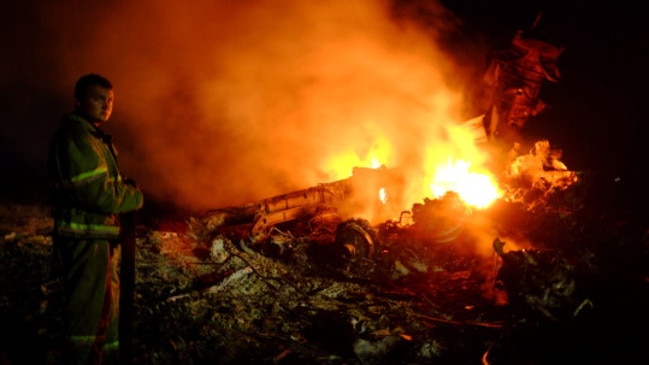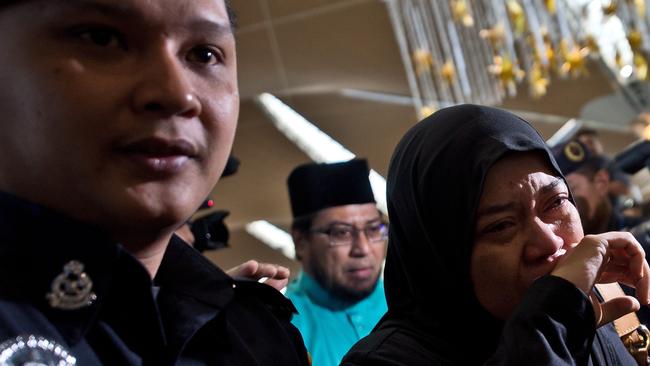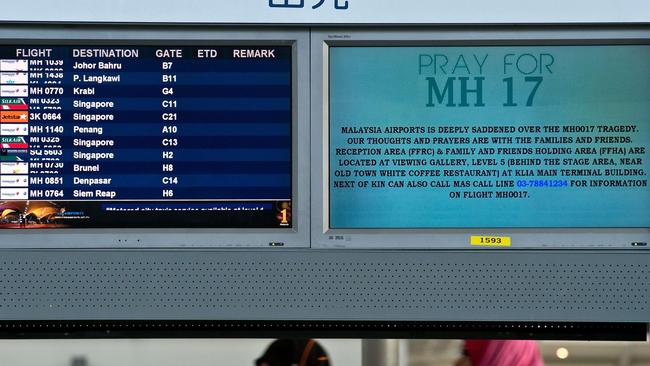UNSW aviation expert says serious questions need to be asked about device that shot down flight MH17
A University of NSW aviation expert said serious questions needed to be asked about the device used to shoot down flight MH17 over the Ukraine

City East
Don't miss out on the headlines from City East. Followed categories will be added to My News.
A University of NSW aviation expert said serious questions needed to be asked about the device used to shoot down flight MH17 over the Ukraine and that the incident would have an ongoing impact on airline operations worldwide.
Research Fellow at the University of NSW School of Aviation and Director of Aerospace Developments Pty Ltd, Peter Marosszeky, said the aircraft was travelling on a legitimate route approved by the International Civil Aviation Organisation (ICAO), and was travelling at a height considered safe.

“Normally anything above 10,000 metres is considered safe, there are not many devices in this world that can reach that height,” Mr Marosszeky said.
“The most serious question for me, is what was what was used to shoot the aircraft down.”
FIRST AUSTRALIANS IDENTIFIED ON MH17
PERTH MAN WAS FLYING WITH GRANDCHILDREN
MH17 AND MH370: IS THERE A LINK?
Mr Marosszeky said a surface-to-air missile was one of few weapons that has the capacity and the capability of going to that altitude and hitting a target.
“But those devices are generally only in the hands of military, so the question remains who’s missile was it, and did someone press the button accidentally to fire on what they thought was a military machine not a civilian one.”

Mr Marosszeky, who has been in the aviation industry for 50 years, said the incident would shake the confidence of passengers and there was not a lot airlines could do about it.
“It’s a terrible situation that will have a dramatic effect on the aviation industry financially and security wise,” Mr Marosszeky said.
“This is an event that is so unlikely and so unpredictable that there is not a great deal that the industry as a whole can really do,” he said.
“If it can be proven who was responsible, or whether it was accidental, it could have more serious implications that we could imagine.”

Mr Marosszeky said ICAO may issue a warning notice to airlines to avoid these types of areas at all costs, but Airlines that fly out of Australia don’t usually use those routes.
“Air space is layered, and when it is restricted in areas for military reasons, or areas with terrorist activity, the restriction is usually limited to a much lower altitude,” Mr Marosszeky said.
If you are concerned for family or friends call the DFAT hotline on 1300 555 135


